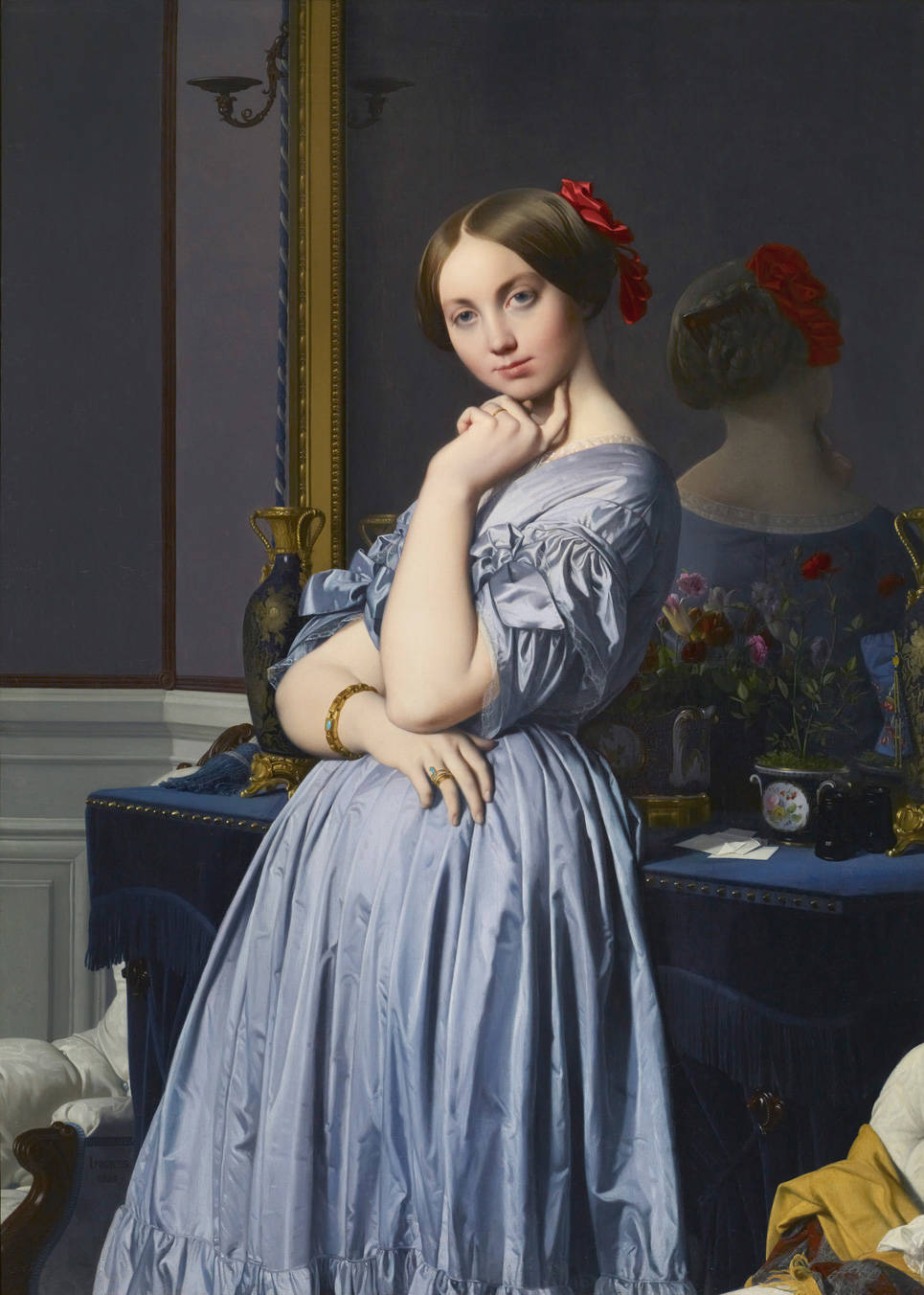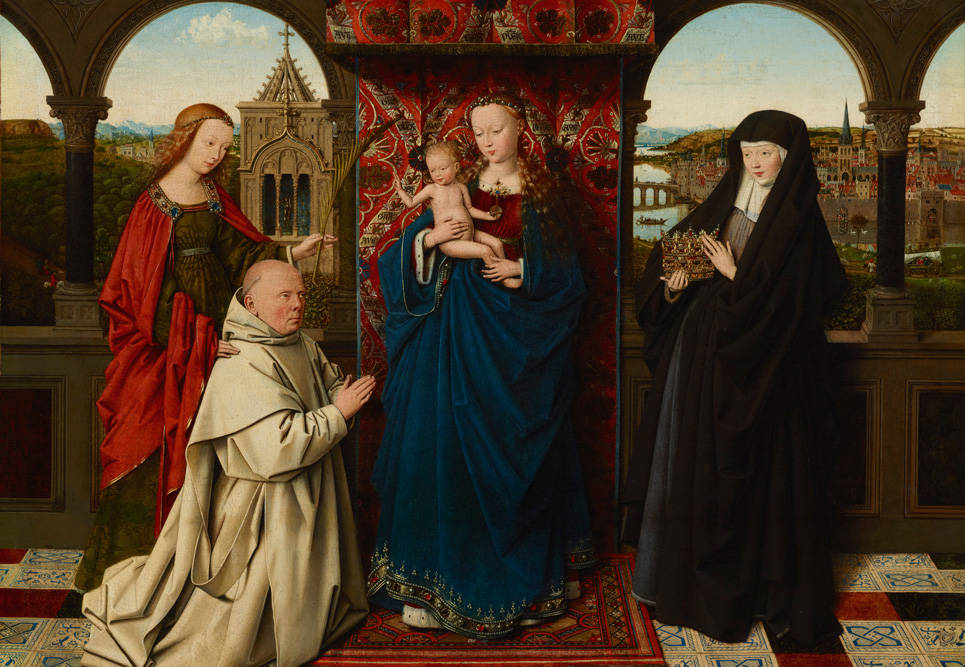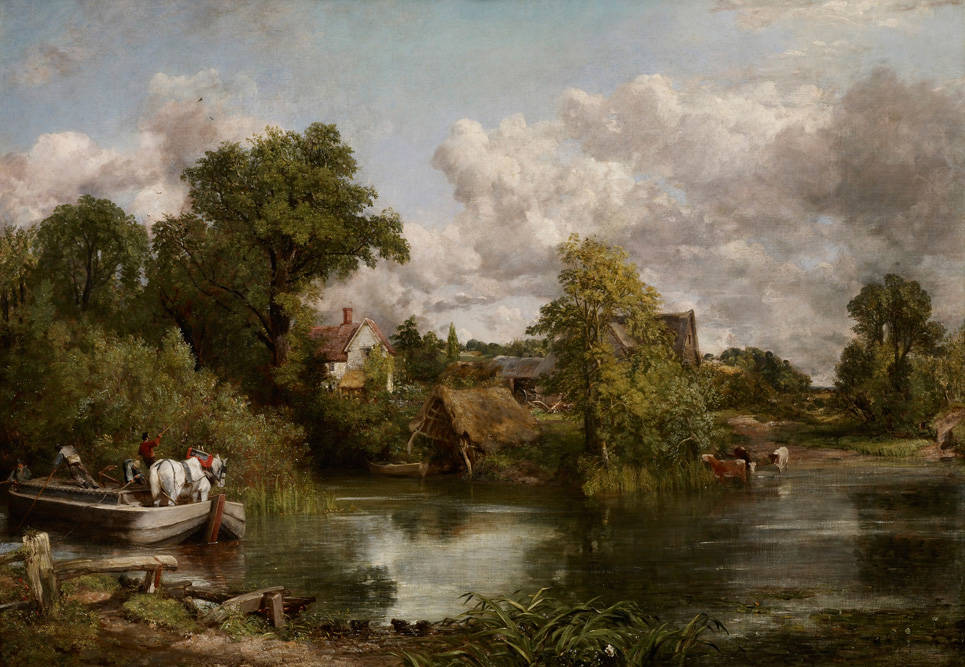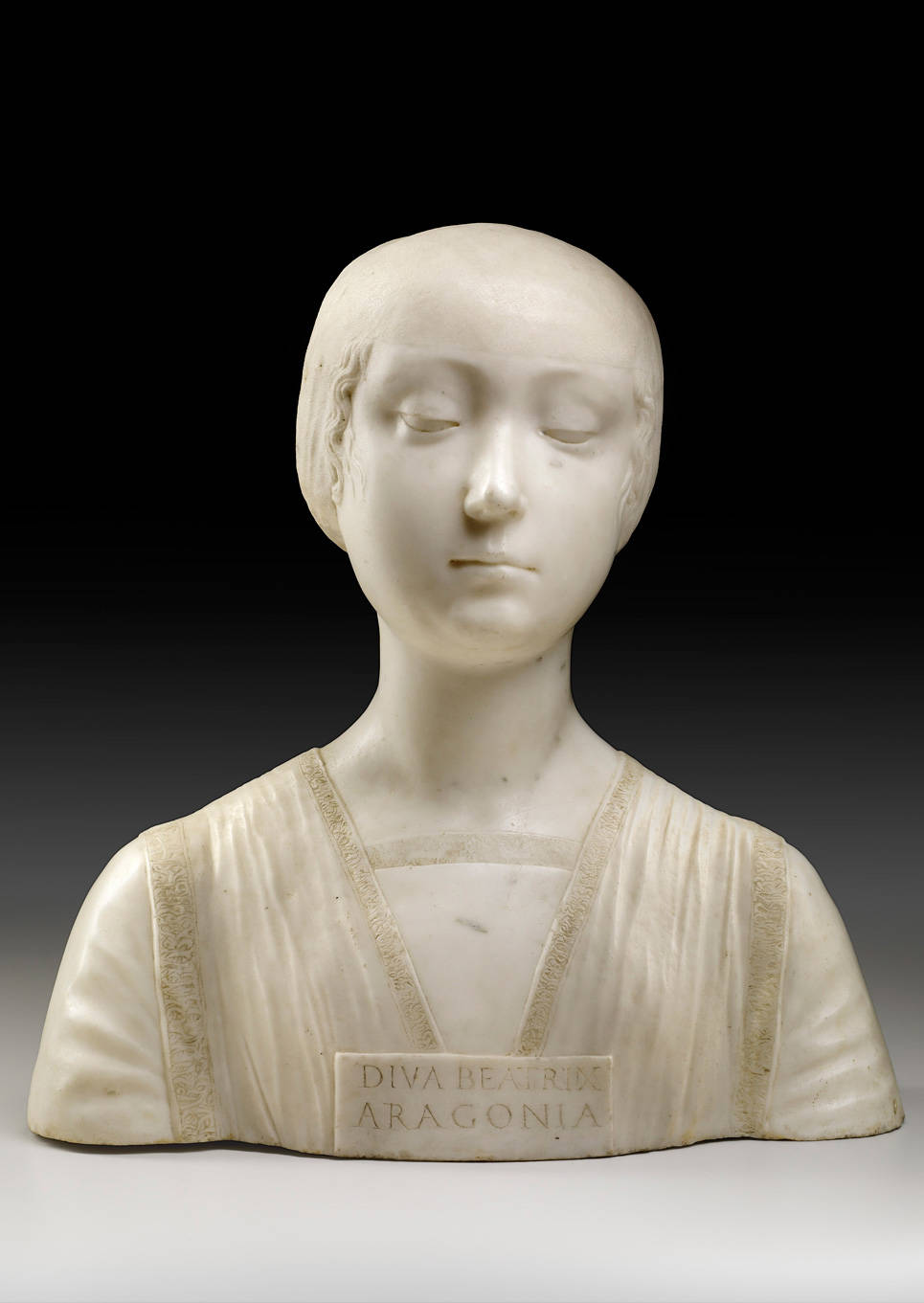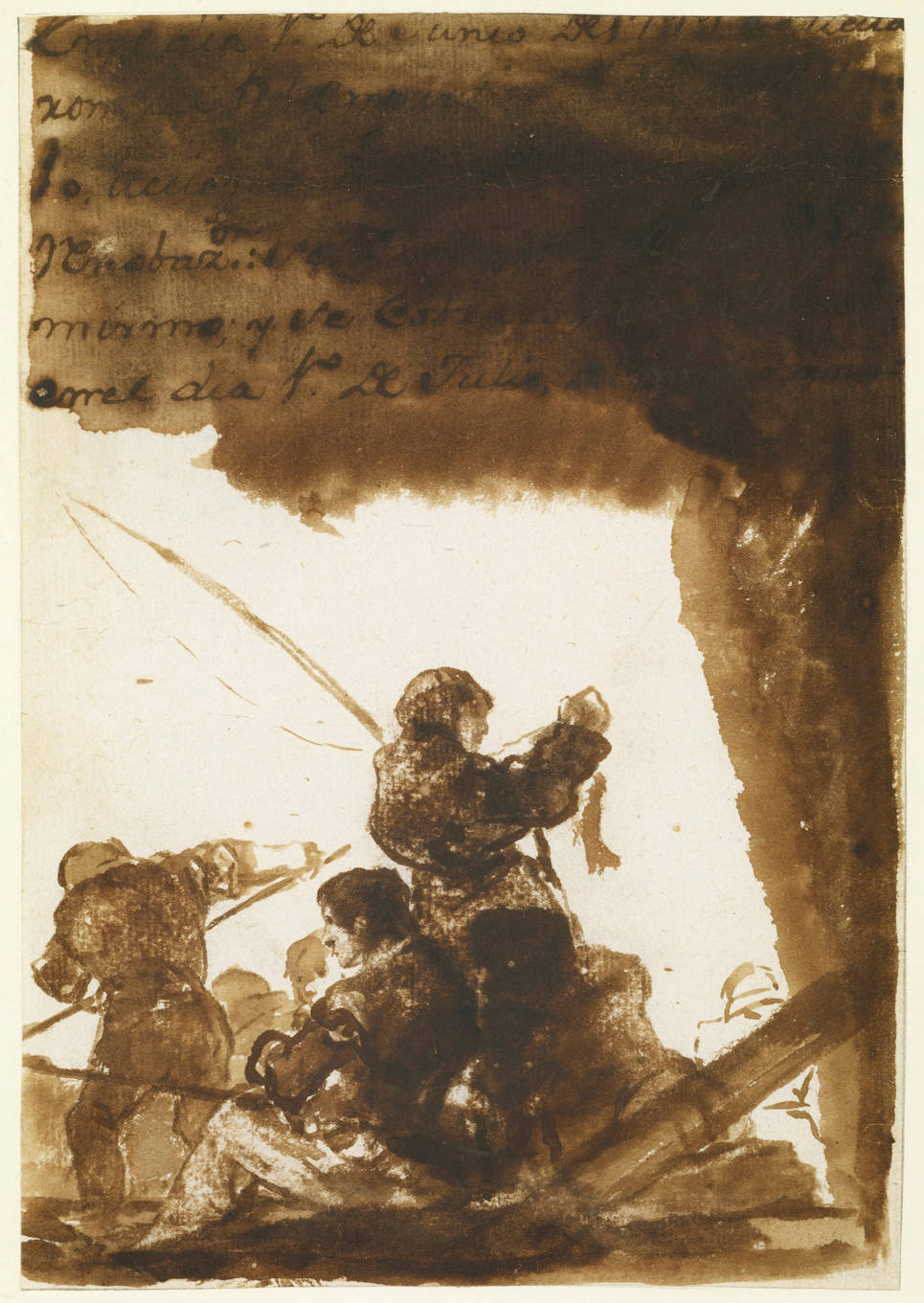Drawing collection
A lesser-known part of the New York collection is the small, but extremely refined drawing collection. These fragile works are seldom seen, which makes it all the more exceptional that no fewer than eight beautiful drawings by Pisanello, Altdorfer, Rubens, Goya, and Tiepolo are displayed at the exhibition.
About the exhibition
The exhibition gives Mauritshuis visitors an understanding of the collection, background, and atmosphere of The Frick Collection and its legendary founder, Henry Clay Frick. The careful selection of 36 artworks provides a good idea of the high quality and surprising diversity of The Frick Collection.
The Mauritshuis has a small, refined collection, with a focus on Dutch paintings from the Golden Age. It is exceptional for the museum to display masterworks in this exhibition from the 13th through the 19th centuries, including paintings, but also drawings, sculptures, and applied arts.
Stories about Henry Frick
Discover the fascinating stories behind the Frick Collection. Who was Henry Frick, how did his home become a museum and what is the connection with the Mauritshuis.
